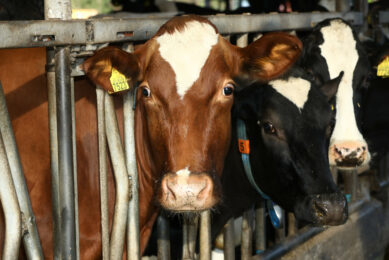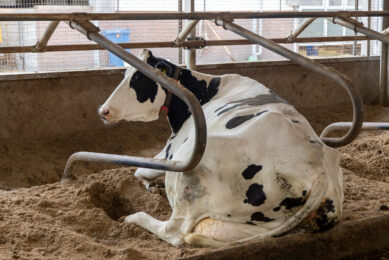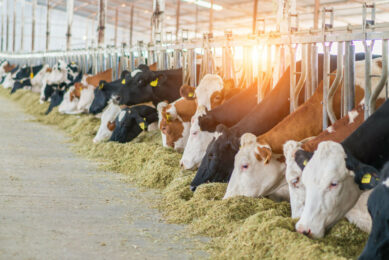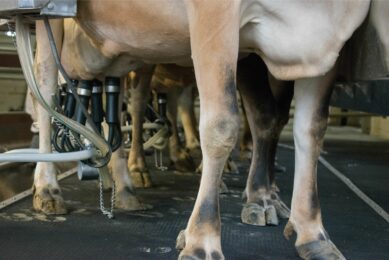Animal welfare standards: from large to small dairy farms
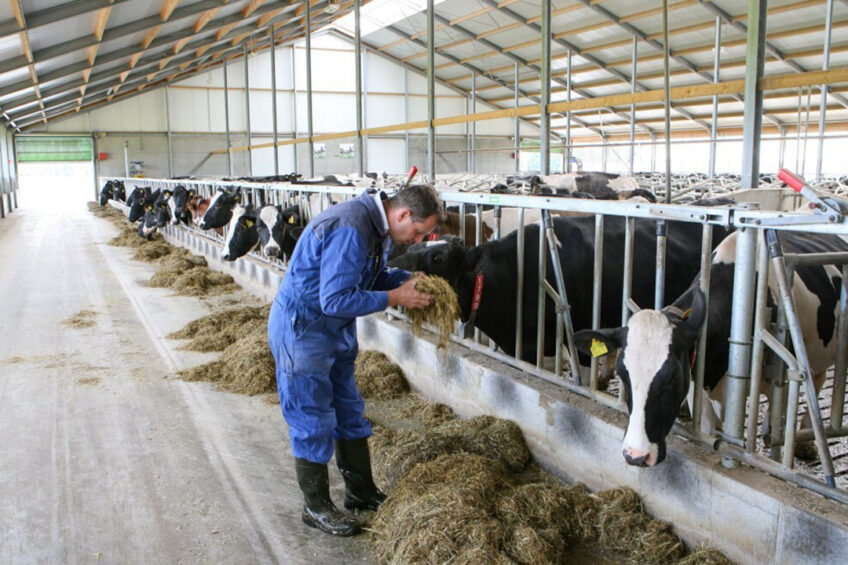
Evidence has shown that larger dairy farms have better welfare than smaller units, although the effects were small.
The structural change towards larger dairy holdings is often criticised as being detrimental to animal welfare. This prompted researchers to carry out a study of data from 3,085 German dairy farms involving 376,415 cows.
The 3-year project was funded by the German Federal Ministry of Food and Agriculture with support from the Thunen Institute of Farm Economics, Braunschweig.
Number of dairy cows per farm is increasing
The mean number of dairy cows per farm has increased in Germany from 31 cows in 1999 to 70 cows in 2021, which is an increase of more than 100% in 2 decades. Last year, 1 in 5 farms kept more than 100 dairy cows.
The research sample resembled the diverse structures of dairy farming in Germany, which is the fourth-largest milk producer in the world. It covered a wide range of sizes – from 7 cows to 2,900 – with a mean of 122.
The sample consisted mainly of conventional (98% with 2% organic) and 97% were full-time farms with 93% specialising in dairy production. The average size of the farm was 141ha of which 73% was grassland. Mean milk yield was 8,810 kg per dairy cow per year and 55% of the farms in the sample allowed cows to graze.
Animal welfare index
Working with farm animal welfare scientists, farmers and dairy representatives, the researchers developed an animal welfare index, which covered housing, feeding, health, behaviour, hunger and thirst, discomfort and pain, injury or disease. Also included in the animal welfare index was freedom of movement, access to outside climate stimuli, type of cubicle and flooring, resting areas and drinking troughs. The animal welfare index was developed as part of a larger project on sustainability in dairy farming.
One area highlighted in the report was the issue of loose housing versus tie stalls. On average, farms with loose housing achieved a higher animal welfare index than farms with tie stalls. However, the scattering of animal welfare index values showed that both high and low animal welfare index values can be achieved, regardless of the husbandry system. This is because certain indicators such as resting areas per cow are independent of the dairy barn system and can substitute for other factors.
Differences in animal welfare index within regions were found to be greater within regions than between regions and variation was not only evident within regions but also within herds of the same size.
Results
The results showed that larger farms tended to achieve a higher animal welfare index than smaller farms, but the effect was very small. Nevertheless, contrary to public perception, larger dairy herds were not necessarily associated with poorer animal welfare.
In all herd size classes, the study found a large variation of animal welfare index between herds and thus potential for better animal welfare on small, medium-sized and large dairy farms.
“Our results strengthen the evidence that herd size has little, if any, effect on farm-specific animal welfare levels. Therefore, when animal welfare is discussed in public and in politics, the emphasis should be on implementing animal welfare measures on farms, with less focus on herd size or politically-enforced herd size restrictions.”
*The study is published in the October edition of the Journal of Dairy Science.
Join 13,000+ subscribers
Subscribe to our newsletter to stay updated about all the need-to-know content in the dairy sector, two times a week.



